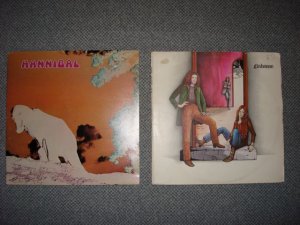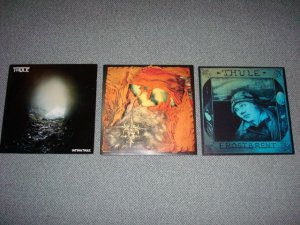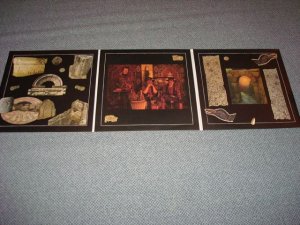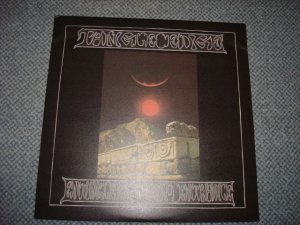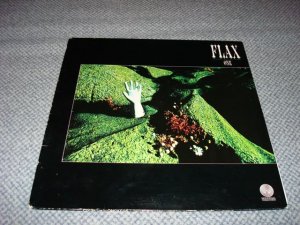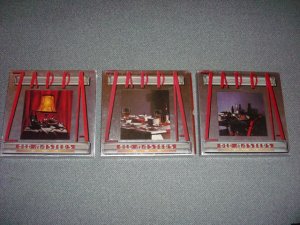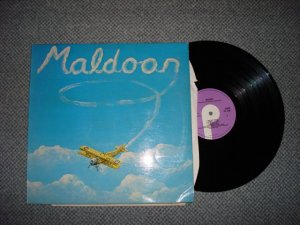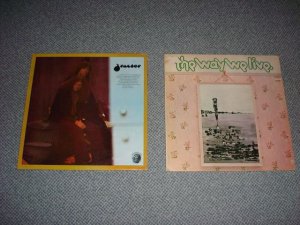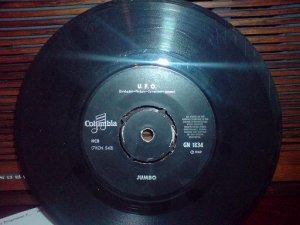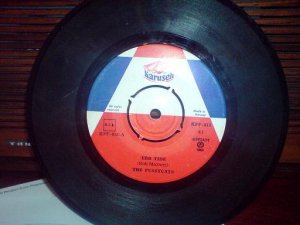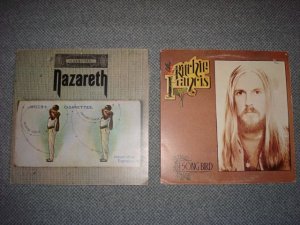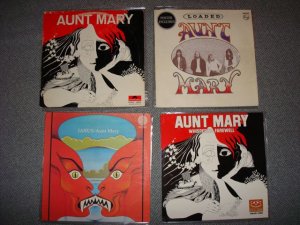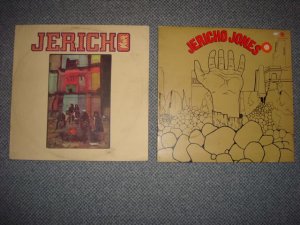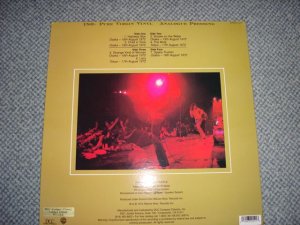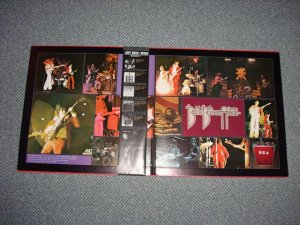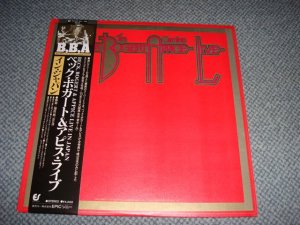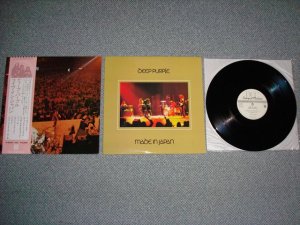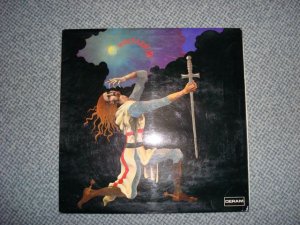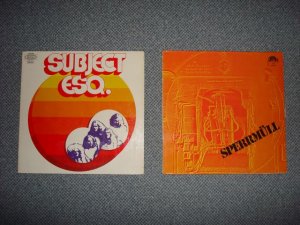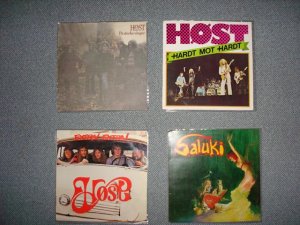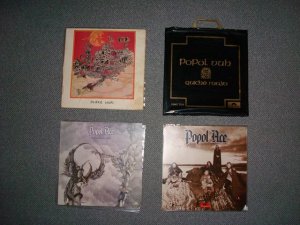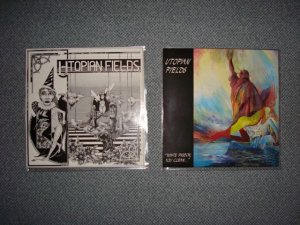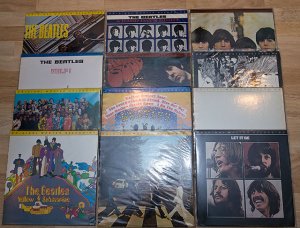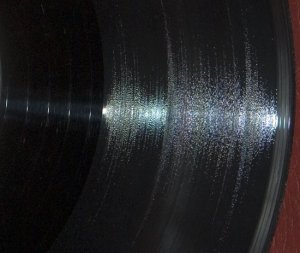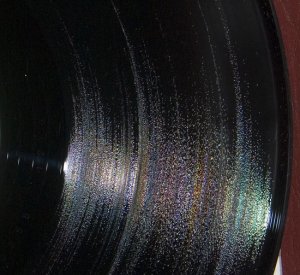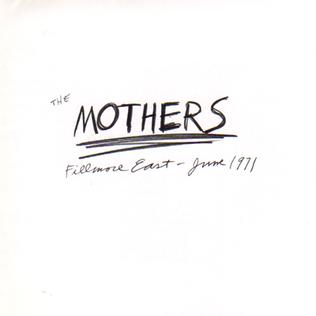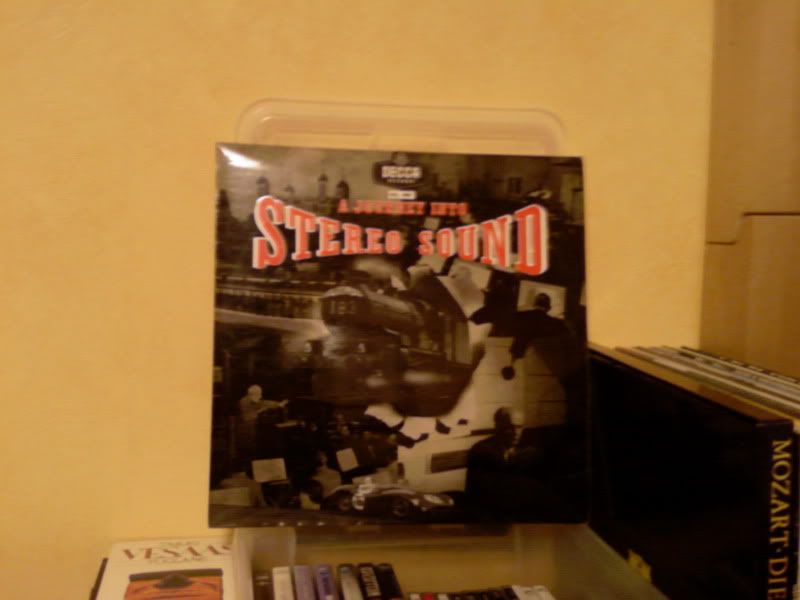rico skrev:
Populært å vise frem japanere, de lager jo fantastiske cover og insert da, men lyden....jeg ga opp å samle på disse for noen år siden,
Det er jo nettopp lyden som gjør Japanske pressinger så ettertraktet blant samlere og audiofile. Med unntak av noen CBS/Sony (Mastersound) pressinger fra rundt 1980 +/-, så er japanske pressinger ypperlige både når det gjelder mastring, men spesielt når det gjelder pressekvalitet/vinylkvalitet; den er helt tyst. Etter krigen gjorde japanerne alt for å vise at de kunne produsere kvalitet, noe som spesielt vises på deres produkter fra 60-70-tallet.
Faktisk var de japanske pressingene som var forløper for hele den audiofile vinylindustrien. Japanske pressinger ble oppdaget av amerikanske audiofile på 60 og 70-tallet, og etterhvert ble en tildels betydelig import av japansk vinly til USA etablert. Mobile Fidelity ble startet på bakgrunn av dette; hvorfor ikke etablere et selskap som lager førsteklasses pressinger? Ikke uten grunn fikk MOFI sine plater presset i Japan.
Her er en liten snutt:
Japanese vinyl releases are premium quality pressings, much sought after by audiophiles and collectors alike. In the 1960s Toshiba pioneered top quality red vinyl pressings using their trademark Ever-Clean process this utilised a special ingredient intended to prevent the build-up of static electricity on the vinyl. Japanese pressings are synonymous with quality - the vinyl shines like no other vinyl - everything about their releases feels special.
When US audiophile label Mobile Fidelity Sound Lab first released their series of high quality pressings the records were manufactured in Japan. The sonic quality of Japanese pressings is considered to be among the best in the world and, in addition, they are beautifully presented, their covers usually printed on better quality heavy stock paper and often including a bonus lyric insert with dual language Japanese & English text.
Nearly all Japanese LPs were issued with an obi - literally translated this means sash and is derived from the obi (sash) worn around the traditional kimono dress. This delicate paper strip, usually wrapped around the left side of the album cover, often contains marketing information and album content details, all printed in Japanese kanji and ~kana script. Obi designs can be as varied as the LPs they adorn, and some series of obi designs can be as collectable as the artists albums they decorate. Hankake (3/4 length obis) are nearly impossible to find, and the Rock Age series of obis are especially rare and valuable. Obis make a unique, attractive addition to the overall package and are becoming increasingly rare, especially on LPs from the 1960s and 70s. Their delicate and disposable nature meant that very early obis were routinely discarded, so that now they can often be worth several times more than the record they accompany.
In addition to Japanese pressings of regular albums there are numerous Japanese-only releases. Labels and artists often issued exclusive records timed to coincide with their Far East tour, or they re-released back catalogue albums with a re-designed obi, displaying revised graphics and other consumer information. Regardless of your musical taste, Japanese records make a stunning addition to any collection. Audibly and visually they present the collector with a feast of delights. Genuine mint condition records, complete with inserts and obi, are becoming rarer every day.
Whatever the digital age throws at you there is still a valid opinion that says vinyl sounds best; with Japanese records you get top quality pressings, a tactile picture sleeve that looks stunning and you can sing along from the lyric insert. This is the real alternative to a download!


